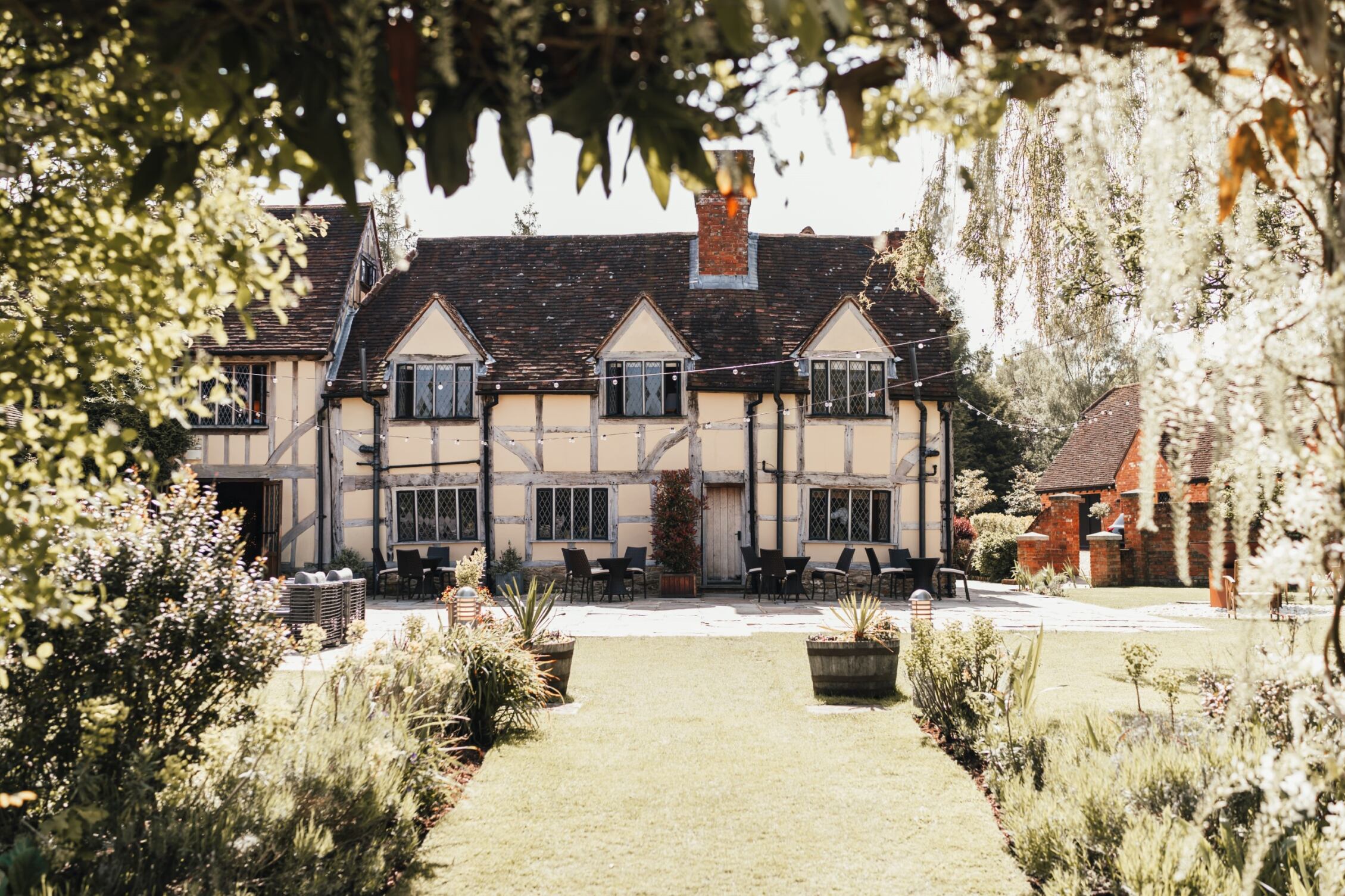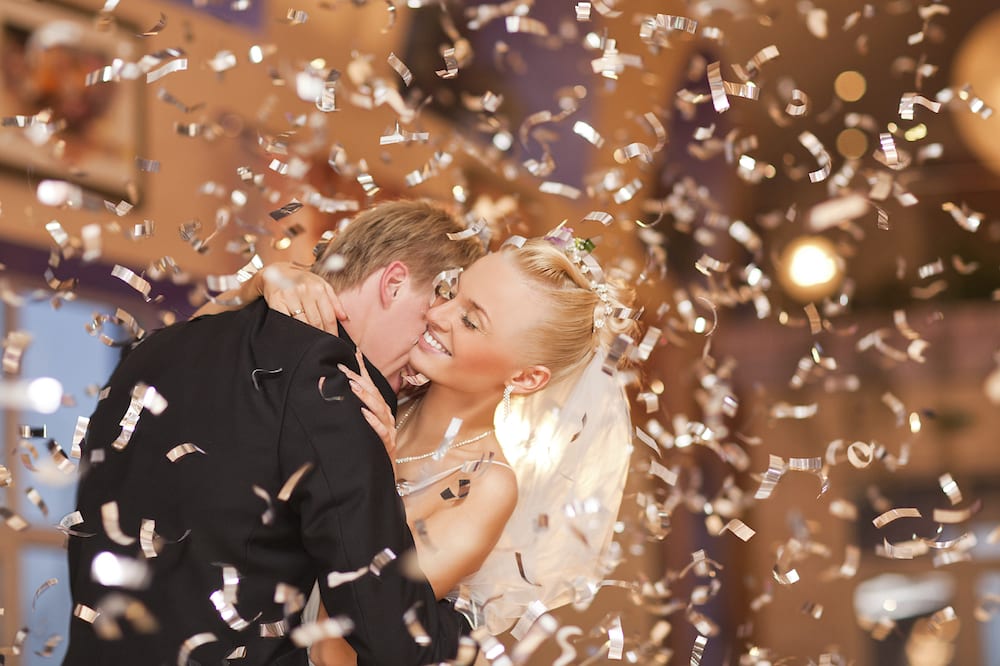WEDDING DANCE TRADITIONS IN DIFFERENT CULTURES
A detailed guide to cultural dancing at weddings across the world; from Europe to Africa and beyond.
People love to dance, and, its typical at weddings across the world to incorporate dancing of some sort – whether it be to a live band, a DJ or a traditional musial accompaniment. In the UK we commence the evening party with a ‘first dance’ performed by the newlywed couple, but in some cultures, dancing traditions can take quite a different approach. Below, we share wedding dancing traditions taken from cultures around the globe.
Jewish Dance Traditions at Weddings
Dancing is a major feature at Jewish weddings. Rather than the newlywed couple taking centre stage, it is customary for wedding guests to entertain the newlyweds by dancing in front of them.
Traditional Jewish wedding dances include:
- The Krenzl – The bride’s mother is crowned with a wreath of flowers as her daughters dance around her.
- The Mizinke – The parents of the bride or groom dance together when their last child is wed.
- The “Horah” is a Middle Eastern/Israeli style of dance usually played as a second dance set.
- The gladdening of the bride – guests dance around the bride, using items such as signs, banners, costumes, confetti, and jump ropes made of table napkins.
- The Mitzvah tantz – Family members and rabbis are invited to dance in front of the bride, and then dance with the groom. At the end, the bride and groom dance together themselves.





